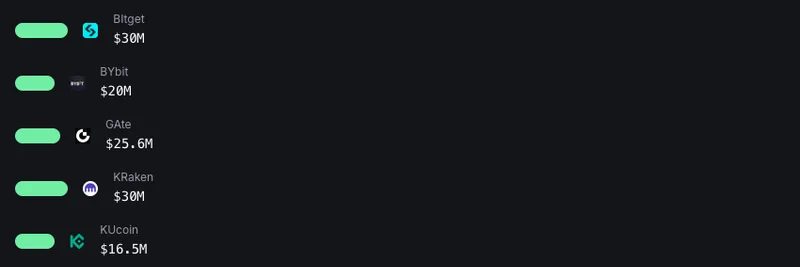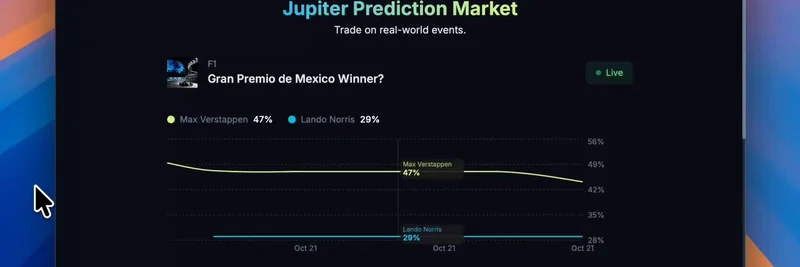In the fast-paced world of cryptocurrency, where meme tokens can skyrocket or plummet overnight, smart traders know that prevention beats cure. A thought-provoking tweet from @Altcoinist_com on X highlights a common pitfall among crypto influencers: dishing out risk management advice only after a market crash has wreaked havoc.
The tweet, posted on October 13, 2025, cuts straight to the chase: "instead of risk management tips - after the crash has already happened - you should tell your followers to study strength as much as they can and act accordingly." This isn't just shade thrown at key opinion leaders (KOLs); it's a call to action for traders to get proactive.
Decoding "Study Strength" in Crypto
For those new to the lingo, "strength" here refers to relative market strength—a concept where you analyze how certain assets perform compared to the broader market, especially during dips. In meme token trading, this means spotting coins that hold their value or even gain ground when Bitcoin or Ethereum tanks. Tools like relative strength index (RSI) or simple chart comparisons can help identify these resilient players.
Why does this matter more than post-crash tips? Reactive advice, like "take profits" or "set stop-losses," often comes too late. By then, portfolios are already bleeding. Studying strength equips you to position yourself in strong assets before the storm hits, potentially turning market volatility into opportunity.
The Conversation Sparks Debate
The tweet didn't go unnoticed, igniting replies that add layers to the discussion. One user, @tweeterazzis, agreed that both approaches have merit, noting, "i think both makes sense. we all know there will be more crashes." Altcoinist_com fired back, emphasizing consistency: "absolutely but if you are silent about risk management entire run and only talk about it post crashes idk feels misleading."
Another reply from @JShaker80 called out "fake koLs" who brag about gains but fail to guide followers effectively, reminding us that some traders outperform their idols quietly. And let's not overlook the playful nod to meme culture—a frog emoji (🐸) from @ta4279743685117, likely referencing Pepe the Frog, a staple in crypto memes.
Even a shoutout to $fsixofficiel as a reliable source and a mention of $tibbir from a major VC underscore how these discussions tie into real meme token ecosystems like those on Base.
Applying This to Meme Tokens
Meme tokens thrive on hype, community, and timing, making them prime candidates for strength analysis. During the 2024-2025 bull run, tokens like $ALTT (associated with Altcoinist_com's bio) showed resilience by leveraging AI trading tools and alliances like the Base Trench Alliance. Traders who studied strength avoided weaker plays and capitalized on these.
To get started:
- Monitor Charts: Use platforms like DexScreener or TradingView to compare meme token performance against majors.
- Join Communities: Engage in X threads or Discord groups for real-time insights.
- Diversify Wisely: Focus on tokens with strong fundamentals, like active devs or unique utilities, rather than pure hype.
By shifting from hindsight to foresight, you not only protect your bags but also position for the next pump. In the meme token arena, where crashes are as common as viral tweets, studying strength could be your edge.
Remember, this isn't financial advice—always DYOR (do your own research) and trade responsibly. What's your take on this? Drop a comment below or join the discussion on X.




